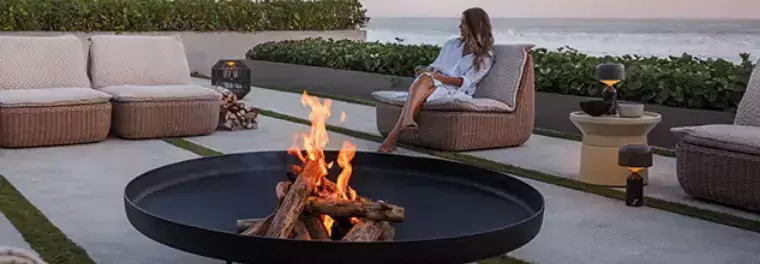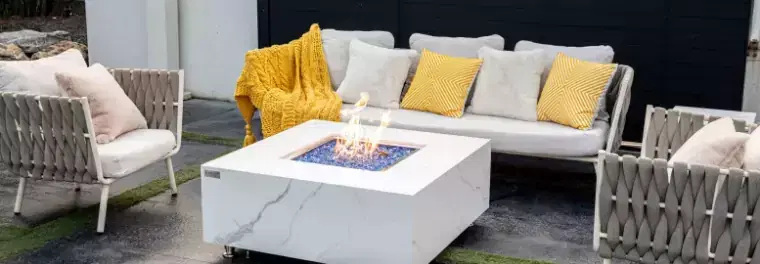Choosing what to put in the bottom of a fire pit is one of the most important elements of learning how to use a fire pit safely. Contemporary fire pits are designed to use some kind of medium—such as gas logs, fire glass, lava rocks, or fire beads—to evenly distribute heat and act as a protective barrier for the burner. However, there are certain materials that should not be used as fire pit fillers.
Gravel, sand, and river rocks can trap water inside their pores. When exposed to consistent heat, the water in these rocks heats up, expands, and eventually causes the rocks to crack or explode. Therefore, it is best to avoid putting these materials at the bottom of your fire pit.
The best choice for fire pit fillers is gas logs, cannon fireballs, lava rocks or fire glass. These materials have natural heat insulation and retention properties, making them great filler materials. Some of the benefits of lava rock and fire glass include:
They create a protective barrier for the burner. A 3-4-inch layer of lava rock or fire glass will act as a weatherproof shield for your fire pit’s burner. Since the heat of a fire pit is concentrated on its surface, the insulating properties of lava rock can also protect the burner from getting too hot.
They allow for even heat distribution. Lava rocks evenly distribute and retain heat, providing even, sustained warmth to all areas of a fire pit.
They are low-maintenance and durable. When exposed to high heat and harsh weather conditions, lava rocks and fire glass retain their natural color and quality. Additionally, they are low-maintenance and easy to clean.





